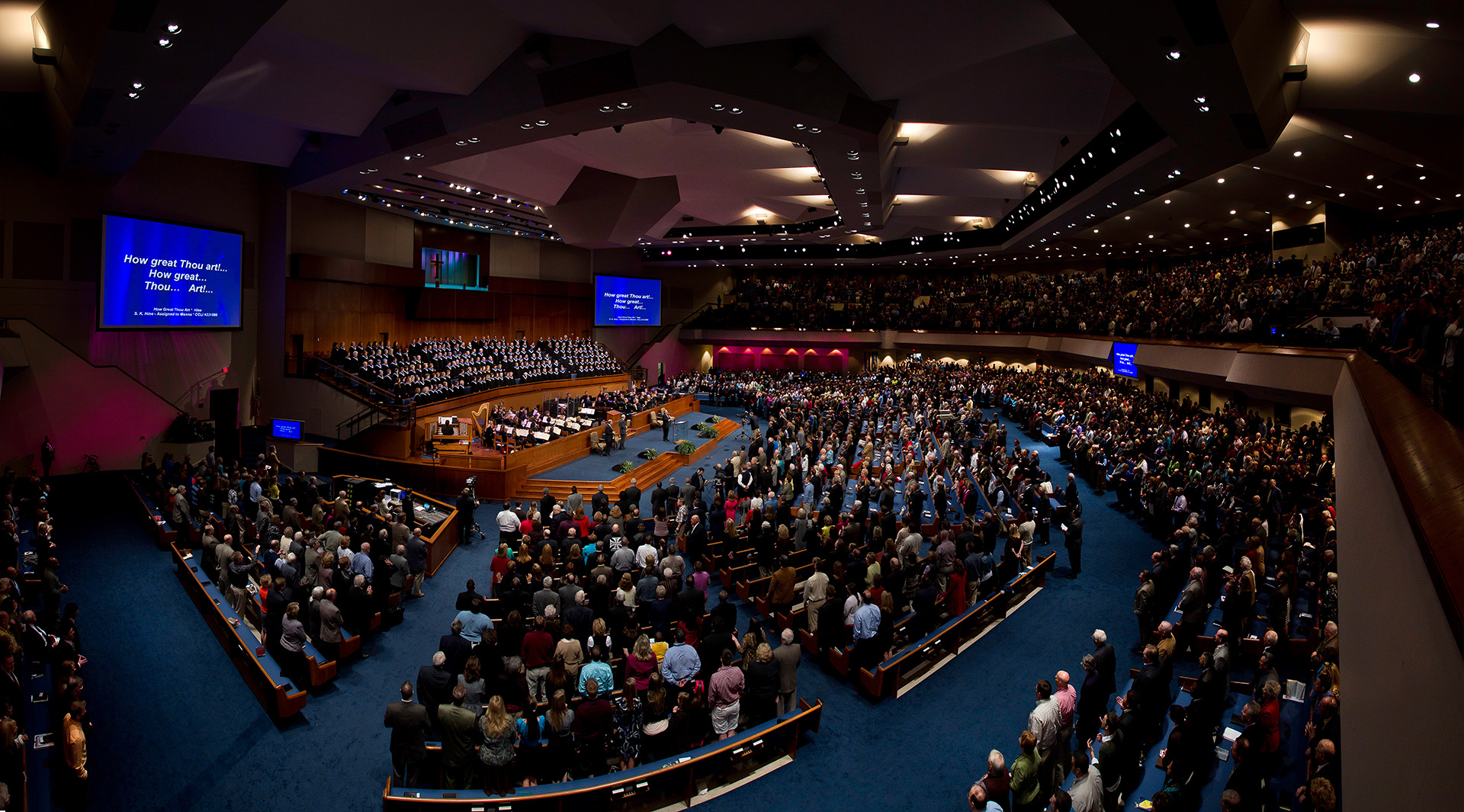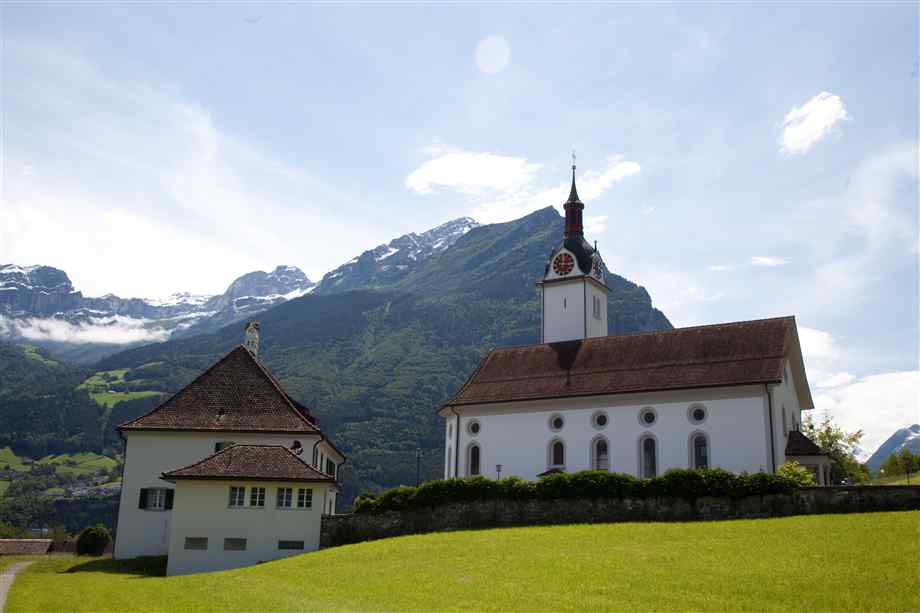
University of Notre Dame researchers find that the rise in the non-affiliated, or “nones,” in the U.S. may be related to the strong in-group ties that non-affiliated individuals may form at the onset of young adulthood, especially in a religious environment. In the current issue of the Journal for the Scientific Study of Religion (December), researchers Brandon Sepulvado, Michael Penta, David Hachen, and Omar Lizardo study the in-group ties (known as homophily) of 200 Catholics, nones, and other-affiliated Notre Dame students through tracking their smart phone use, as well as surveying them on their attitudes and beliefs. The effect of in-group ties was especially significant for the nones, showing that the unaffiliated individuals are less likely to connect to persons who claim a religious affiliation. The in-group ties were present for the other-affiliated students, but not as strong as in the case of the nones. Sepulvado and colleagues conclude that “nones are disproportionately more likely to connect to other nones and much less likely than chance to connect to affiliated students.” This likelihood may especially be the case in a context in which religious identification is salient. They argue that their research is important because it showed the formation of in-group ties in a “new setting at a point in the life course likely to generate long-standing relationships.”
(Journal for the Scientific Study of Religion, http://onlinelibrary.wiley.com/journal/10.1111/(ISSN)1468-5906)
A study of students, parents, and teachers at Muslim high schools in the U.S. finds a close identification with American society and an appreciation of such institutions for encouraging critical reflection on matters of faith and society. Charles L. Glenn of Boston University reports on a study he conducted of seven Muslim high schools in different regions of the country (representing one in four Islamic high schools in the U.S.; most Islamic schools are at the elementary level), specifically looking at the relationship between schooling and the formation of moral sensibilities among the young. In First Things magazine (April), Glenn writes that the students he and his colleagues interviewed often spoke about intergenerational tensions about how to practice Islam, with the clash often over the importance of retaining ethnic traditions and cultural practices of their country of origin. The students were more likely to value practicing a purer and more authentic version of their religion.
Rather than just practicing rote learning, these schools openly dealt with what a student called “real life Islam” and its connection to ethics and morals. Glenn writes that the shared worldview of these schools (like other religious schools) provides a “margin of safety for discussions on a deeper level than is often possible in public schools.” The researchers also found among students an “almost complete lack of interest in the ‘homeland’…. Indeed, more than one parent expressed frustration that their children were becoming ‘just like the Americans.’” Glenn and the other researchers found that the school staff made a concerted effort to shield their students from the “siren song of jihadism,” with the Islamic-studies classes themselves “serving as a prophylactic against becoming a mujahid (or jihadist).” He concludes that his team found “nothing to fear from the influence of Islamic schools on the ability of Muslim youth to make positive contributions to American society.” Even if they challenge certain aspects of society, they stand in the long tradition of “principled reform based on religious convictions.”
(First Things, http://www.firstthings.com)
Diversity in congregations may depress church attendance, at least on a temporary basis, according to an article in the current issue of the Journal for the Scientific Study of Religion (December). Sociologists Kevin Dougherty, Brandon Martinez, and Gerardo Marti examined church attendance rates in the Evangelical Lutheran Church in America, which since its formation in 1988 has made a concerted effort to diversify its white, Northern European membership. Since 1993 the diversity in the typical ELCA congregation has doubled, although attendance has declined by 22 percent. After controlling for several other factors, Dougherty, Martinez, and Marti find that that congregations that became more diverse had fewer people attend, while churches that became more homogeneous were more likely to grow. The researchers note that those congregations that were already diverse in 1993 did not decline. They also find that the decline was strongest in the 1990s. Those churches that are more homogeneous are now declining fastest, perhaps related to divisions over gay rights that have shaken the ELCA in the last decade.” />
The continuing growth of megachurches is partly due to their allowance of a the flexible participation of volunteers, tending to attract busy dual-earner high income couples, writes Duke University sociologist David Eagle in the Christian Century (April 13). It is not strictly the wealthy suburban character of megachurches that draw these high income couples (making over $100,000); citing the National Congregations Study, Eagle notes that “when comparisons are made between congregations across urban and suburban areas, this relationship holds up.” Megachurches don’t make many demands on families pulled in various directions, which may also account for their appeal. In his research, Eagle finds that large-church attenders are “significantly less likely to attend weekly worship than are their small-church counterparts”—a pattern which holds across denominations. The megachurches’ loosening bonds may be counterbalanced by ways megachurches often assume a larger public role and cultural influence in their areas, as seen in 2008 when the Saddleback Church hosted a presidential forum with the candidates.
(Christian Century, http://www.christiancentury.org)
Mosque attendance is not necessarily related to political disengagement of Muslim immigrant groups from society and may even increase civic involvement, at least in the case of the Netherlands, according to a study in the journal Ethnic and Racial Studies (Volume 39, No. 5). In Europe, religious observance among Muslims has more often been viewed as a barrier rather than a bridge to political involvement. Researchers Fenella Fleischmann, Borja Martinovic, and Magdalena Bohm examined direct and indirect effects of the frequency of religious service attendance in such areas as organizational participation, political trust, and voting intentions among a nationwide sample of Turkish and Moroccan minorities in the Netherlands. The researchers found differences among the Turkish and the Moroccan Dutch Muslims. The Turks attending mosques were more likely to become involved in civic life outside of their ethnic group and to report higher voting rates than non-attenders. The Moroccan mosque attenders did report more civic involvement than the non-attenders, but such involvement did not stimulate voting, although there was a weak increase of political trust.
(Ethnic and Racial Studies, http://www.tandfonline.com/loi/rers20#.Vyd6ZqT2aM8)
A Pew Research Center study finds that highly religious Americans are both different from and very much like their neighbors: they tend to volunteer more and are happier, but they are no more likely to exercise, recycle, or make consumer choices considered socially conscious. The study finds that nearly half of those Americans claiming to pray and attend religious services regularly are more likely to gather with their extended families (compared to 3-in-10 of the less religious); two-thirds of the highly religious have donated money, time, or goods to help the poor compared to 41 percent who are less religious. Forty percent of the highly religious reported being “very happy” compared to 29 percent of the less religious. But in areas of interpersonal interactions (such as expressing anger), attention to health, fitness, and social and environmental consciousness, both the highly religious and less religious appeared very similar to each other.
(This report can be downloaded at: http://www.pewforum.org/2016/04/12/religion-in-everyday-life)
The Lutheran Church-Missouri Synod (LCMS) has moved from a relatively apolitical church body to one both strongly Republican and more activist in a relatively short period of time. The Forum Letter (April), a Lutheran newsletter, notes that a recent Pew Center poll finds that the LCMS is now one of the “most Republican” of denominations, with 59 percent of members identifying with the GOP, 27 percent with the Democrats, and 14 percent independent or other. The LCMS follows the Southern Baptist Convention, the Church of the Nazarene, and the Latter Day Saints as the most Republican church bodies. A study in the Review of Religious Research (March) traces the recent history of how LCMS pastors in particular have not only become more Republican but also more activist, a trend which may have influenced the laity.
Researchers Jeff Walz and Steve Montreal analyzed data from the Cooperative Clergy Survey from 2001 to 2009 and found that in the early years of the new millennium, LCMS pastors were conservative, but their “two kingdom” theology (that the church should focus on the gospel rather than politics) kept them from engaging in activism. While still eschewing preaching politics in church, by 2009 clergy were considerably more active in such areas as praying publicly for political candidates, urging their congregations to vote, and participating in a protest march. Walz and Montreal write that the distinct nature of the 2008 elections may have been a factor in this change, but they note that in 2010 the LCMS elected a strongly conservative president, solidifying the rightward shift. They conclude that “The new breed of LCMS clergy that may be emerging is younger and even more theologically and politically conservative.”
(Forum Letter, ALPB, P.O. Box 327, Delhi, NY 13753-0327)
Twenty-two percent of the Swiss population say that they do not have a religion, but only 12 percent state that they are atheists, according to a recent survey. Conducted from March to December 2014 by the Federal Statistical Office (FSO) on a representative sample (more than 16,000 interviews), the survey confirms deep changes in the religious structure of the Swiss population: in 1960, more than 98 percent of residents were either Reformed or Roman Catholics. Today, Roman Catholics make 38 percent, Reformed 26 percent, Muslims 5 percent, Eastern and Oriental Orthodox 2.2 percent, and evangelicals (not counting those within the Reformed Church) 1.7 percent. Beside religious diversification, the increase of unaffiliated people has been the most important change in Swiss religious landscape. The survey did more than record affiliation: it also paid attention to personal beliefs and practices. Nearly one in two people (46 percent) say that they believe in a single God and one in four in a higher power of some form. Forty-one percent of the population has attended a religious service between one and five times during the past year—mostly for social purposes, such as weddings or funerals.
Only 10.2 percent of the Swiss population attend religious services weekly—13.6 percent among Roman Catholics, 7.2 percent among Reformed, 11.6 percent among Muslims. In strong contrast, 72.3 percent of evangelical Christians report weekly attendance. Both for Roman Catholics and Reformed, weekly attendance is especially low in the age range from 15 to 34, fewer than 6 percent. Some 85 percent of evangelicals pray daily; among Roman Catholic, Reformed, and Muslims, around 30 percent report praying daily (one or several times) or nearly daily. For the first time, a reliable survey asked a representative sample of the resident population of Switzerland about their views regarding evolution (i.e., if they consider “the theory of evolution of species as the most consistent explanation regarding the origins of mankind”). Nearly 19 percent of all people interviewed “don’t know.” Fifty-three percent of Roman Catholics, 54 percent of Reformed, and 69 percent of unaffiliated embrace the theory of evolution as the most consistent explanation, but only 14 percent of evangelical Christians and 26 percent of Muslims. Only 16.3 percent among Roman Catholics and 13.2 percent among Reformed report that their religious beliefs play a more or less important role in their sexual life, compared with 64.6 percent among evangelicals and 42 percent among Muslims.
(The report along with statistical tables is available in all three Swiss national languages: French [http://www.bfs.admin.ch/bfs/portal/fr/index/news/publikationen.html?publicationID=7007], German [http://www.bfs.admin.ch/bfs/portal/de/index/news/publikationen.html?publicationID=7004], and Italian [http://www.bfs.admin.ch/bfs/portal/it/index/news/publikationen.html?publicationID=7008].)